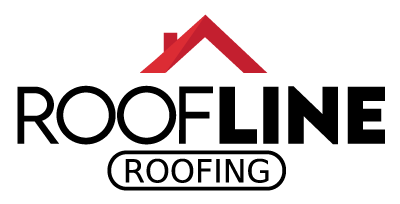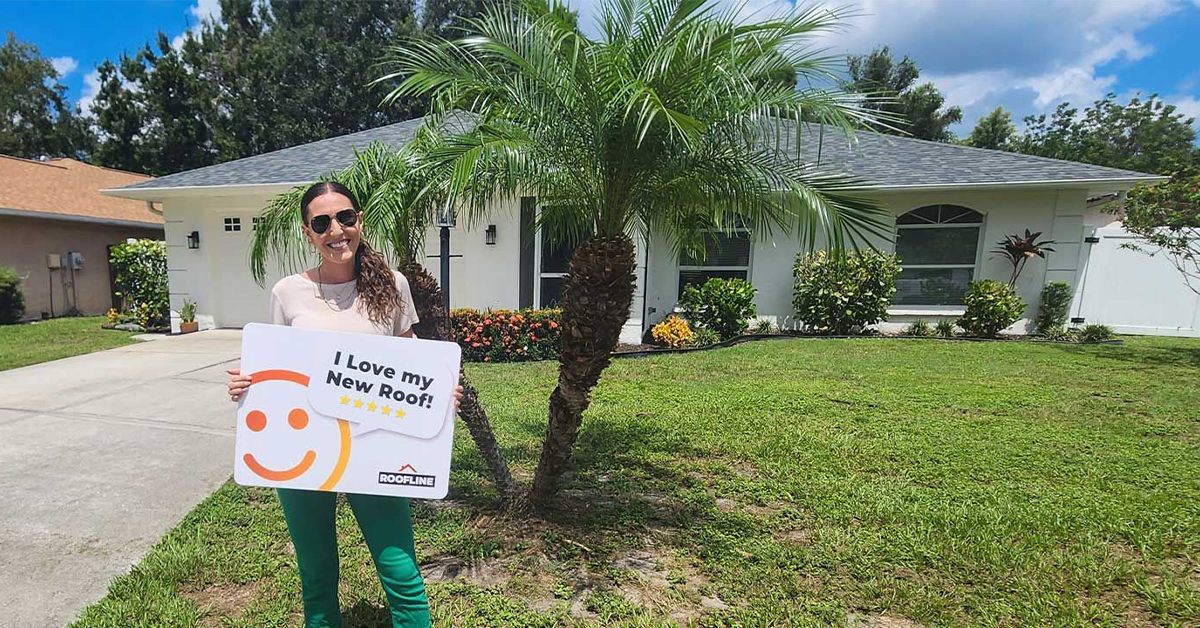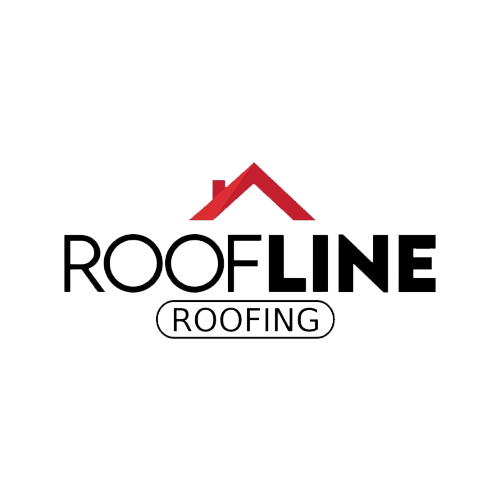
Maintaining the health of flat roofs is a critical aspect of property management, especially for commercial structures in Manatee County. With unique vulnerabilities, flat roofs can quickly deteriorate without regular and thorough inspections. This guide highlights the essential checkpoints for a comprehensive roof inspection strategy – from membrane and drainage to structural components. Regular upkeep not only preserves the integrity of your property’s roofing system but also serves as a preventive measure against costly repairs.
Investing time and resources into understanding potential roof issues can extend your roof’s lifespan and protect your investment effectively. By embracing proactive strategies such as bi-annual inspections, proper documentation, and continuous maintenance, property managers can foresee and mitigate risks before they amplify. Engage local roofing professionals proficient in the regional climate’s demands, and involve your team in recognizing early warning signs. Such diligent care ensures that the rooftop remains a robust shield over your commercial investment, securing the property’s functionality and value for years to come.
Routine Inspections: Key Areas to Monitor
Routine roof inspections are more than just a quick glance at your rooftop; they’re essential for maintaining the structural integrity of the building and preventing costly repairs. For businesses in Manatee County with flat roofs, this practice is even more crucial due to the specific vulnerabilities of flat roofing systems. Let’s explore several key areas that should be closely monitored during a flat roof inspection, ensuring your commercial property remains safe and sound.
**1. Membrane Condition**
Flat roofs typically make use of a membrane to keep water out. Whether your roof is TPO, EPDM, or PVC, inspecting this membrane is critical as it can be susceptible to tears, blistering, or laps pulling away. NOAA research highlights that Florida’s weather, characterized by intense sun and frequent storms, exacerbates wear and tear on these materials. Regular checks for punctures or seam separation can catch minor issues before they lead to leaks.
**2. Drainage Systems**
Effective drainage systems are vital for flat roofs as water tends to pool without the natural slope that pitched roofs provide. The American Society of Professional Estimators states that clogged or malfunctioning drains are a primary cause of premature roof failure. Ensuring that your drains, scuppers, and gutters are clear of debris helps prevent water from sitting on the roof’s surface where it can cause membrane breakdown over time.
**3. Flashings and Edges**
Flashings are used to seal and protect seams around your roof’s edges, curbs, and penetrations. Due to their exposure, these areas can be highly vulnerable. As per data from the National Roofing Contractors Association, flashing failures are among the most common causes of roof leaks. During a flat roof inspection, pay special attention to any signs of lifting or detachment, particularly following extreme weather conditions common in Manatee County.
**4. Penetrations**
Any penetration through the roof membrane—be it vents, HVAC units, or skylights—creates a potential weak spot. The risk here lies in improper installation or degradation over time. An International Facility Management Association study points out that penetrations are a common source of leaks if not correctly managed. Regularly inspecting these areas can ensure that seals remain intact and durable.
**5. Surface Wear**
While flat roofs are designed to withstand a fair amount of wear, excessive foot traffic for maintenance, repairs, or installations can create problems. Unintentionally dropped tools or heavy equipment can damage the roof membrane. Data from the Roof Coatings Manufacturers Association indicates that applying protective walk pads can mitigate surface wear, extending the roof’s lifespan. This simple preventative measure can maintain the structural integrity of the roof membrane.
**6. Vegetation Growth**
With the humid climate in Manatee County, it’s not uncommon to find organic growth such as algae or small plants on flat roofs. According to the U.S. Environmental Protection Agency, organic matter on roofs can retain moisture and undermine the roof’s material, leading to potential leaks. Regular removal of this growth should be part of the routine inspection to preserve the roof’s condition and prevent moisture-related damage.
**7. Structural Components**
Lastly, while the visual appeal of your roof might appear trouble-free, its structural elements, like beams and decking, need just as much attention. The Building Component Safety Information guide emphasizes the dangers of overlooking structural supports as damage here can lead to significant and costly repairs. Any signs of sagging or moisture infiltration should be addressed promptly to uphold the building’s integrity.
In conclusion, regular flat roof inspections in Manatee County do more than extend the life of your roofing system—they protect your investment. By paying careful attention to membranes, drainage, flashings, penetrations, and other key areas mentioned, you can prevent small issues from escalating into significant problems. Establishing a routine inspection schedule tailored for your specific flat roof can significantly reduce maintenance costs, promoting a safer environment for everyone under your roof.
Addressing Issues: Common Flat Roof Problems and Solutions
Flat roofs, prevalent in many commercial buildings, are efficient yet prone to issues that, if left unaddressed, can escalate quickly. By understanding these common problems and implementing effective solutions, property managers can safeguard their investments and ensure longevity.
Ponding water is a frequent issue for flat roofs due to their minimal slope. The National Roofing Contractors Association notes that water pooling for over 48 hours risks membrane deterioration and structural leaks. Identifying and resolving drainage inefficiencies is crucial. Regular checks for blockages and adjusting roof pitches to aid water flow can mitigate this issue. In severe cases, installing additional drains or upgrading to tapered insulation may be necessary.
Blistering and bubbling on the roof surface indicates trapped moisture or air pockets within the membrane layers. This is often exacerbated by repeated thermal cycling in hot climates such as Palmetto’s. Professional repair may involve selectively removing the affected area, applying new roofing materials, and ensuring proper adhesion to prevent recurrence.
Another critical concern is thermal movement. Flat roofs expand and contract with temperature changes, which can lead to joint failures, particularly in metal flashings and seams. The Building Envelope Technology and Research Group suggests using flexible expansion joints and elastomeric sealants to accommodate such movements and maintain structural integrity. Regular inspection schedules help identify early signs of stress and preempt costly repairs.
Photovoltaic deterioration is common in older flat roofs, especially those exposed to unrelenting sunlight. UV rays can degrade roofing materials, leading to cracking, leaks, and further damage. The application of reflective cool roof coatings can provide a protective barrier against UV damage while improving the building’s overall energy efficiency. It’s an investment that can reduce long-term maintenance costs significantly.
Wind uplift, prevalent during Floridian storms, can compromise the roof’s integrity by dislodging flashings or tearing the membrane. Reinforcing roof edges and flashings with superior fastening systems is a proactive step. Ensuring all roofing components have sufficient weight and are securely fastened will provide additional safety during adverse weather.
Biological growth might seem innocuous at first but can cause significant problems if ignored. Algae, moss, or lichens not only trap moisture but can also degrade the roof surface over time. A preventive approach involves regular cleaning and the application of roof-friendly biocide treatments. These measures will help maintain a clean surface and discourage further growth.
Tradespeople or maintenance workers visiting flat roofs can inadvertently cause damage. Foot traffic to service HVAC units or for routine checks can lead to abrasions on the membrane. Implementing walkways or designated footpaths with protective matting can significantly reduce the risk of wear and tear.
An often-overlooked issue is poor prior workmanship. Many flat roof problems stem from improper installation or inadequate materials used. An independent inspection conducted by a certified roofing consultant can help identify weaknesses. This professional guidance will inform necessary repairs or upgrades, aligning with industry standards and avoiding future complications.
Inadequate insulation directly impacts a building’s thermal efficiency and can expedite roof aging. Per the U.S. Department of Energy, enhancing insulation can not only stabilize indoor temperatures but also reduce energy costs. Proper insulation materials suited for specific building needs should be incorporated during any major repair or refurbishment.
Misaligned or deteriorating flashings are another concern. These components prevent water seepage and are essential for weatherproofing. Regularly checking flashings and timely repairs are crucial. Replacing corroded metal flashings with materials like reinforced synthetic polymers can offer longer-lasting protection.
By addressing these common flat roof problems through diligent inspections and timely interventions, property managers in Palmetto can maximize their roofing system’s performance. This proactive approach not only prevents minor issues from evolving into major headaches but also contributes to the overall operational efficiency and value preservation of the building.
Planning for the Future: Creating a Maintenance Schedule
A robust commercial roof maintenance schedule in Osprey is critical for ensuring the longevity and performance of your property’s roofing system. Establishing a proactive plan not only extends the life of your roof but also helps to forecast and budget for future expenses. A well-maintained roof can prevent unexpected disruptions and avoid costly emergency repairs.
Start by defining the frequency of your maintenance tasks. The Roof Consultants Institute recommends bi-annual inspections for commercial roofs, ideally once before the wet season and once after. This timing allows property managers to identify and address potential issues, like drainage blockages or membrane damage, before severe weather conditions expose any vulnerabilities. For areas like Osprey, which can experience intense summer storms, regular inspections are a non-negotiable part of safeguarding your investment.
Documenting each inspection is crucial in tracking the health of the roof over time. Creating a detailed record includes noting the date of inspection, the condition of roofing materials, any issues found, and actions taken. Such documentation helps in maintaining warranties and can serve as evidence when communicating with insurers or contractors. Moreover, it provides a historical overview that can aid in making informed decisions regarding future repairs or replacements.
Throughout the year, ensure that standard maintenance practices, such as clearing debris from drains and gutters, take place regularly. Keeping these critical pathways clear prevents water accumulation, a common hazard for flat roofs. Assigning a maintenance schedule that outlines tasks like debris removal, gutter cleaning, and surface assessments will minimize the risk of water damage and prolong roof life.
It’s also imperative to allocate a budget specifically for roof maintenance. Estimating the costs annually, with room for unforeseen repairs, allows for financial planning without stress. According to the Building Owners and Managers Association, setting aside a budget equal to about 1%-3% of the roof’s replacement cost yearly can cover routine maintenance effectively. This foresight ensures financial readiness for preventive maintenance and necessary repairs, mitigating splurges on emergency fixes.
Engage a reputable roofing professional familiar with Osprey’s climate challenges to conduct regular reviews and handle specialized tasks beyond routine care, such as applying protective coatings. These experts can give advice tailored to your roof’s specific materials and usage, ensuring a tailored approach to its upkeep.
Lastly, educating your team or tenants about the roof’s maintenance plan is beneficial. By understanding the schedule and knowing the signs of potential issues—such as unexplained water spots or persistent dampness—those on-site can assist in early detection of problems. This partnership between property managers and occupants can be a valuable line of defense against costly repairs.
Investing time in developing and adhering to a comprehensive maintenance schedule helps safeguard your commercial roof’s integrity. For business owners and property managers in Osprey, it means securing peace of mind, knowing the roof above is prepared to withstand environmental challenges while protecting the value of the commercial property.
You might be asking
What are the key maintenance tasks for flat commercial roofs?
Regularly inspect the roof for debris and remove any leaves, branches, or trash that could clog drainage systems. Check for tears or punctures in the membrane and ensure seams are sealed tightly. It’s also important to clear drains and gutters to prevent water buildup. Regular cleaning and minor repairs can extend the roof’s life and prevent costly damage.
How often should flat roofs be inspected for potential issues?
Flat roofs should be inspected at least twice a year, ideally in the spring and fall. Additionally, inspections should occur after any major storm to identify and address potential damage from wind or debris. Regular inspections help catch small issues before they become major problems.
What are the signs of drainage problems in flat roofing systems?
Signs of drainage problems include standing water on the roof’s surface that does not dissipate within 48 hours, water stains on ceilings within the building, and noticeable leaks. Bubbling or blistering of the roofing material can also indicate moisture trapped beneath the surface due to poor drainage.
Next Steps
Maintaining the integrity of your commercial flat roof through diligent inspections and preventative measures is crucial for protecting your investment and ensuring your building is well-prepared to handle environmental challenges. Identifying and addressing potential vulnerabilities, such as drainage issues, membrane deterioration, or thermal stress, can save property managers significant time and expense. By implementing a robust maintenance schedule and engaging with knowledgeable roofing professionals, you can ensure your roof not only lasts longer but also performs efficiently.
Taking proactive steps today can help to streamline future roof management and expenditure. By educating involved parties about upkeep practices and routinely monitoring your roofing system, you establish a strong defense against costly repairs. For those seeking expert guidance on flat or other roof types specific to the Manatee and Sarasota Counties, Roofline Roofing offers complimentary consultations. Contact us to explore how we can help you achieve your roofing goals and preserve the integrity of your property.
Contact Us
Use the form below to contact us or to schedule a free consultation.
I would highly recommend Roofline Roofing for any roofing needs. As a fellow business owner, their professionalism and efficiency stood out. They provided quality service, completed the job on time, and their pricing was fair. Very satisfied with their work!
-- Logan L.




